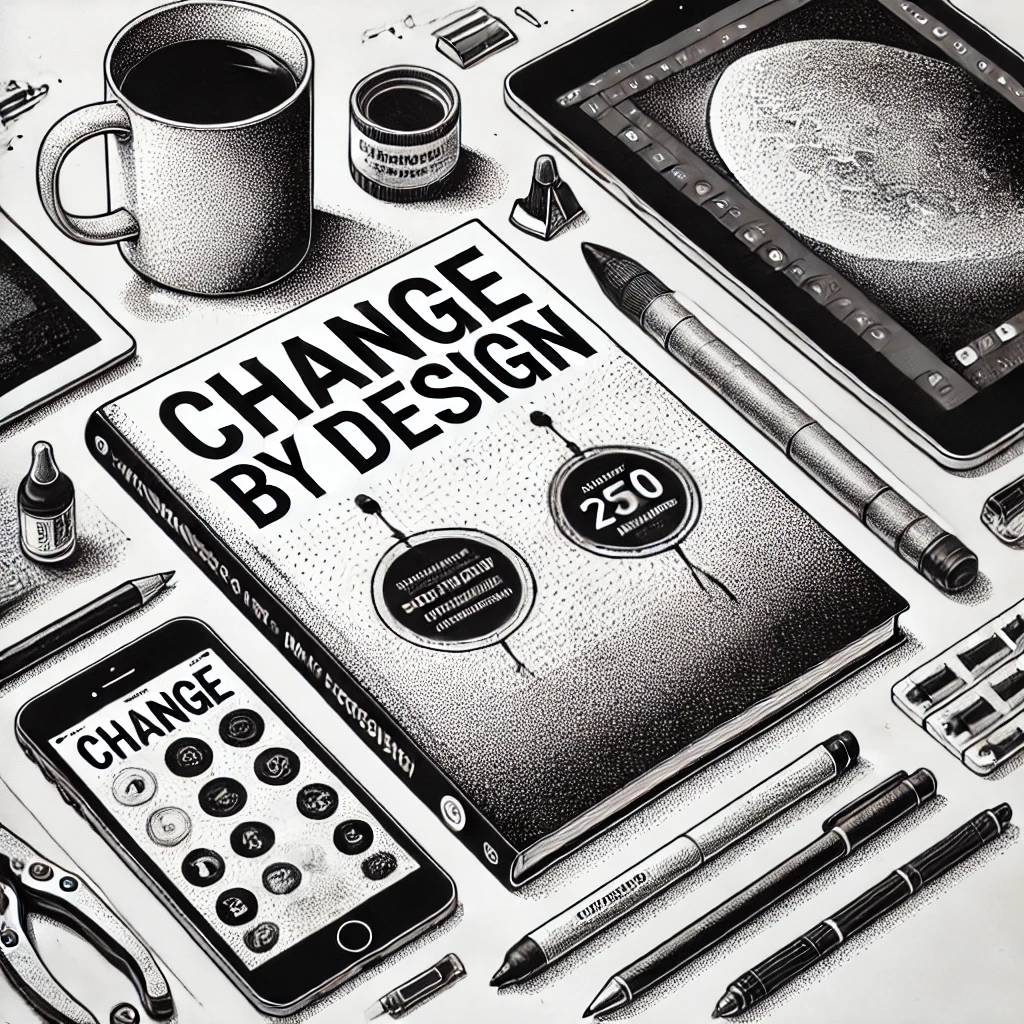How Corporate Entrepreneurs Increase Success with Design Sprints?

Innovation has become a top priority for many companies today. It's the solution to thwarting the risk and fear of stagnation or getting taken over by a disruptor.
The difficult task of helping companies to become more innovative falls on the shoulders of corporate entrepreneurs. However, they invariably have to weigh their options and maintain a constant balance between budget and time.
What's the secret behind how corporate entrepreneurs manage to move towards success? They use design sprints to place careful bets.
Design sprints allow corporate entrepreneurs to manage the innovation risk of an idea and the budget required to invest. They also help corporate entrepreneurs validate the key assumptions of an idea. By the end of a design sprint, corporate entrepreneurs know whether they have to kill an idea or pursue it further.
How does a design sprint help to increase success?
Alignment upfront
A design sprint starts with alignment upfront. It's important to clarify the scope, set the context, and ensure all necessary information is shared with the whole sprint team. Aligning teams helps the sprint start off on the right foot, and it's no secret that aligned teams are more successful.
Sets out the challenge
A design sprint is the ideal opportunity to take a risk or gamble. It's a low-effort investment, perfect for experimenting or increasing innovation capacity. Whether an idea has potential or not is also made apparent quickly. Everything starts with the biggest hurdle: setting out the challenge and assumptions that have to be validated.
Clarifying the challenges and opportunities (through 'How Might We's) is crucial for the design sprint to succeed. Every step that follows is built upon them and serves the function of realising your ambition.

Fast idea generation
During a design sprint, ideas are generated at high speed. Since the team is aligned with the sprint's context and challenge, all sprint team members can start generating and firing off ideas. One of these ideas will be translated into a prototype.
Validation is key
No design sprint is without validation. A design sprint gathers and aligns people so they can supply great ideas and assumptions. These assumptions are then translated into a prototype to be tested and validated. Design sprints prove to be quicker methods of testing ideas, which in turn saves a lot of time and budget.

Concrete results
Design sprints are intensive tracks that lead to concrete results. At the end of a design sprint, ideas are translated into a tangible prototype and placed in front of an audience. The audience then provides feedback on the prototype, so you end up with concrete points to take through to the next phase.
With design sprints, you can manage the innovation risk and validate the key assumptions of an idea. It's an ideal way to experiment with innovation capacity and will quickly reveal whether you need to kill or pursue an idea. This not only saves you time, effort and money, but helps you to regularly achieve positive results. Design sprints increase your chances of success by ensuring team alignment, clear challenges, fast idea generation, validation and concrete results.


